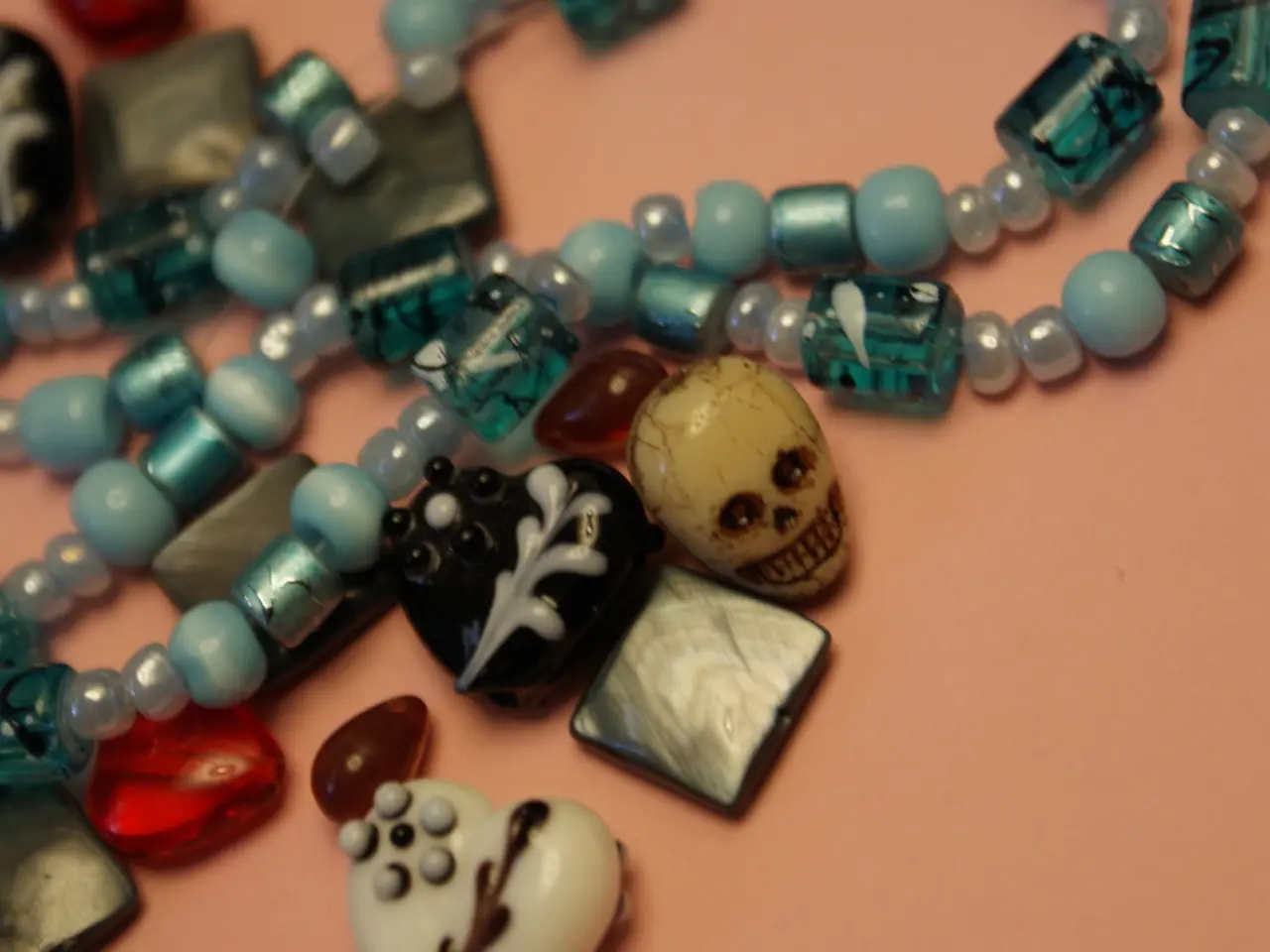Kintsugi: A Japanese Technique for Resplendent Restoration of Broken Objects with Gold Accents
Kintsugi (金継ぎ), the Japanese art of repairing broken pottery with gold, silver, or platinum, is a beautiful blend of craft and philosophy that celebrates the imperfect and the resilient. This ancient practice, dating back to 15th-16th century Japan, has evolved into a powerful metaphor for personal growth, healing, and the acceptance of change.
**History**
Kintsugi emerged during Japan's Muromachi period (1336-1573), born from the country's deep appreciation for ceramics and the sacred tea ceremony. Originally used to repair valuable ceramics, Kintsugi deliberately highlights cracks and repairs, elevating the broken vessel into a unique, beautiful piece.
**Philosophy**
At its core, Kintsugi embodies the Japanese aesthetic of *wabi-sabi*, which embraces imperfection, impermanence, and incompleteness. By celebrating flaws and the object's life story, Kintsugi challenges the notion of discarding broken pieces. Instead, it redefines brokenness as a mark of beauty and strength.
The art also symbolizes resilience and transformation. The repaired cracks are not hidden but illuminated, representing healing and renewal. In modern times, Kintsugi has become a metaphor for personal growth, encouraging people to embrace their physical or emotional scars as integral parts of their unique journey.
**Contemporary Practice**
Today, Kintsugi is still practiced as both a craft and a form of philosophical reflection. Workshops teach not only the repair technique but also the mindset of *wabi-sabi*, patience, and acceptance of imperfection. Artists like Jane MacFarlane explore how repaired ceramics evoke memory, nostalgia, and connection, blending traditional methods with contemporary art forms.
**Kintsugi Jewelry**
Kintsugi has found a new home in the world of jewelry, transforming broken ceramic items into wearable memories. From pendant necklaces to cufflinks, each piece carries a meaningful narrative, honoring the past while embracing the present. Symbolic Kintsugi jewelry is often given as gifts to mark life transitions or recovery from difficult experiences.
**The Future of Kintsugi**
Kintsugi embodies several interrelated Japanese philosophical and aesthetic principles that find value in history, repair, and the marks left by time and experience. As we continue to navigate the complexities of life, the philosophy behind Kintsugi offers a tangible reminder that our breaks and repairs can make us more beautiful and unique rather than diminished.
[1] "Kintsugi: The Art of Repairing Broken Pottery with Gold" by Jane Milosch, Smithsonian Magazine, 2019. [2] "Kintsugi: The Japanese Art of Repairing Broken Pottery with Gold" by Mariya Ishizawa, TED-Ed, 2014. [3] "Kintsugi: The Art of Brokenness" by Sou Fujimoto, Architectural Digest, 2018. [4] "Jane MacFarlane: Kintsugi" by Clare Henry, Apollo Magazine, 2019.
Kintsugi, traditionally used for repairing ceramics, has expanded to encompass various aspects of life. In the realm of lifestyle, it serves as a reminder to celebrate the imperfect and the resilient, even in fashion-and-beauty, relationships, or home-and-garden. Food-and-drink pairings could be reminiscent of Kintsugi, where complementary flavors harmoniously blend despite the contrast.
Travel experiences, like breaking new ground, can also illuminate the cracks and repairs of personal growth. On the other hand, pets, being part of our lives, can teach us about resilience and transformation, much like the visual storytelling through Kintsugi.
In the world of shopping, Kintsugi jewelry offers tangible memories that embody a narrative of healing, reflecting our unique stories just as the repairs highlight the cracks on ceramics. Lastly, cars, being produced and repaired continually, can symbolize the evolving transformations that Kintsugi represents.




